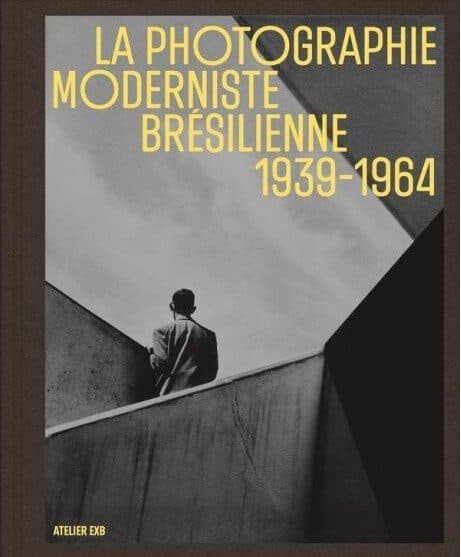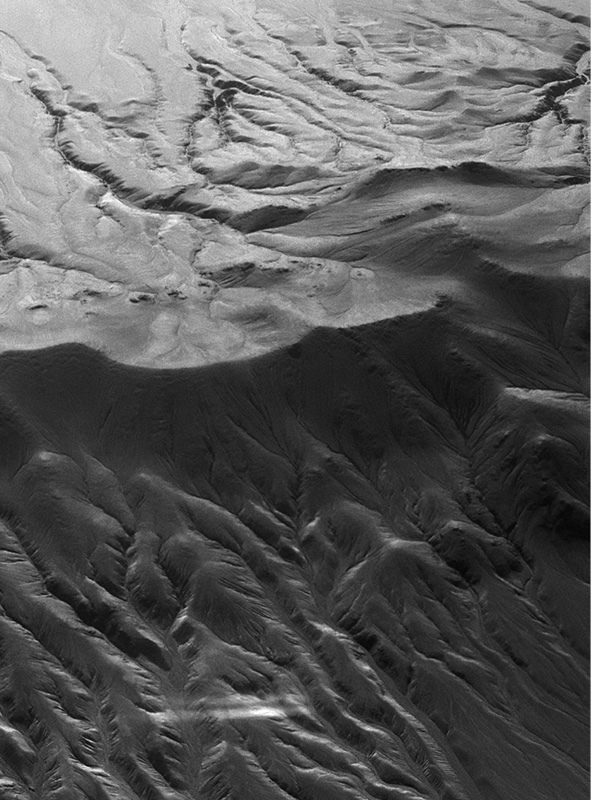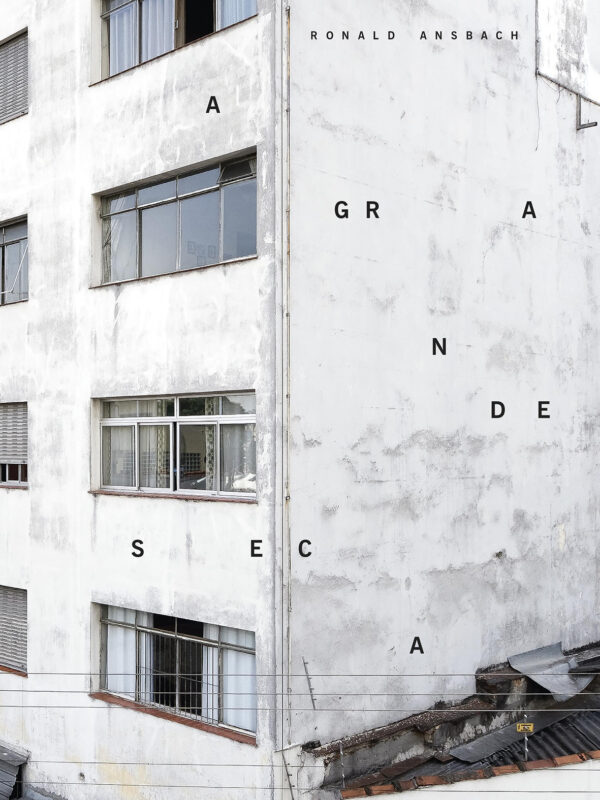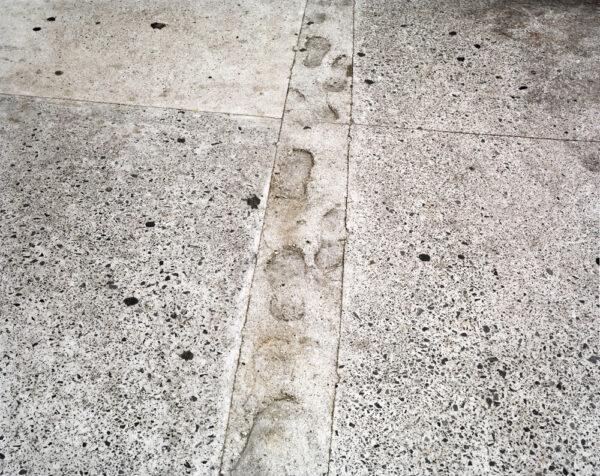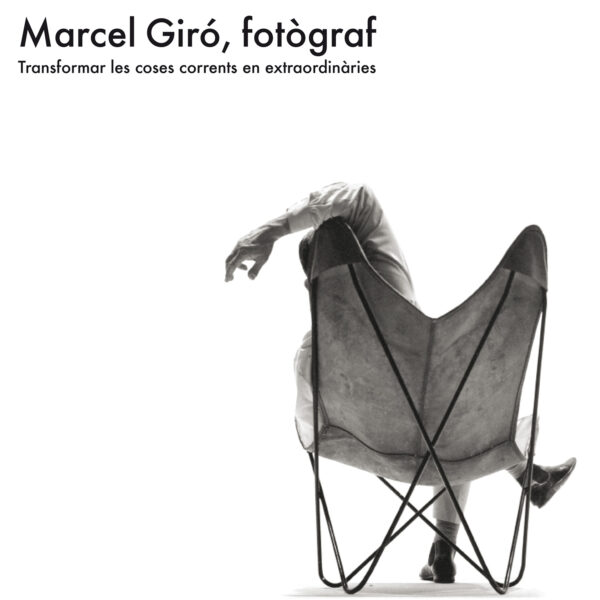La photographie moderniste brésilienne 1939-1964
Publisher: Atelier EXB
Author(s): Marcella Legrand Marer and Helouise Costa
Format: Hardcover
Pages: 240, over 150 images
Dimensions: 22.30 x 27.20 x 2.70 cm
Year: 2025
Language: French
ISBN: 978-2-36511-438-7
55.00€
Estamos trabajando en nuestra web, de momento no es posible comprar libros través de nuestra tienda online. Para cualquier consulta escríbenos a info@artslibris.cat
Availability: In stock
In the 1940s, Brazil underwent a profound transformation. The country industrialized, opened up to the international sphere, welcomed a significant European diaspora fleeing Nazism, and became fertile ground for artistic avant-gardes. In tune with this cultural effervescence, a new generation of photographers embraced the medium to accompany the aesthetic and cultural shifts of their time.
As part of the movement that gave rise to Oscar Niemeyer’s architecture and his vision of the modern city—as well as Cinema Novo and Bossa Nova—six key figures contributed to the emergence of a new kind of photography: Geraldo de Barros, German Lorca, Gertrudes Altschul, Marcel Giró, José Oiticica Filho, and Thomaz Farkas. Drawing on the political, social, and aesthetic potential of photography, these artists introduced new subjects: modernist architecture with its soft lines, botanical motifs where light and shadow contrast, creative experimentation, and playful perspectives imbued with a taste for abstraction.
This dynamic was driven by the creation of numerous amateur photography clubs, particularly the Foto Clube Bandeirante in São Paulo. True hubs of artistic effervescence and exchange, these collectives encouraged experimentation, democratized access to photography, and strengthened ties with the European and North American art scenes.
Despite its great formal and aesthetic diversity, Brazilian modernist photography remains largely unknown. Through the work of thirty-three artists, this book highlights a bold generation that succeeded in positioning Brazil within the international avant-garde movement.
An introductory text by Marcella Legrand Marer and Helouise Costa, co-curators of the exhibition presented at the Rencontres d’Arles, opens the book and explores the three key moments of Brazilian modernism. The visual corpus is complemented by two essays by Rafael Cardoso, art historian and writer, and Julieta Pestarino, anthropologist, art historian, and exhibition curator.
